Understanding dashboard warning lights in your Peugeot Partner is essential for safe driving, as they alert you to potential issues that could lead to breakdowns or accidents.
Recognizing these symbols early helps maintain the vehicle’s performance and prevents costly repairs by prompting timely action. Always consult your owner’s manual for model-specific details, and seek professional help if a light persists.
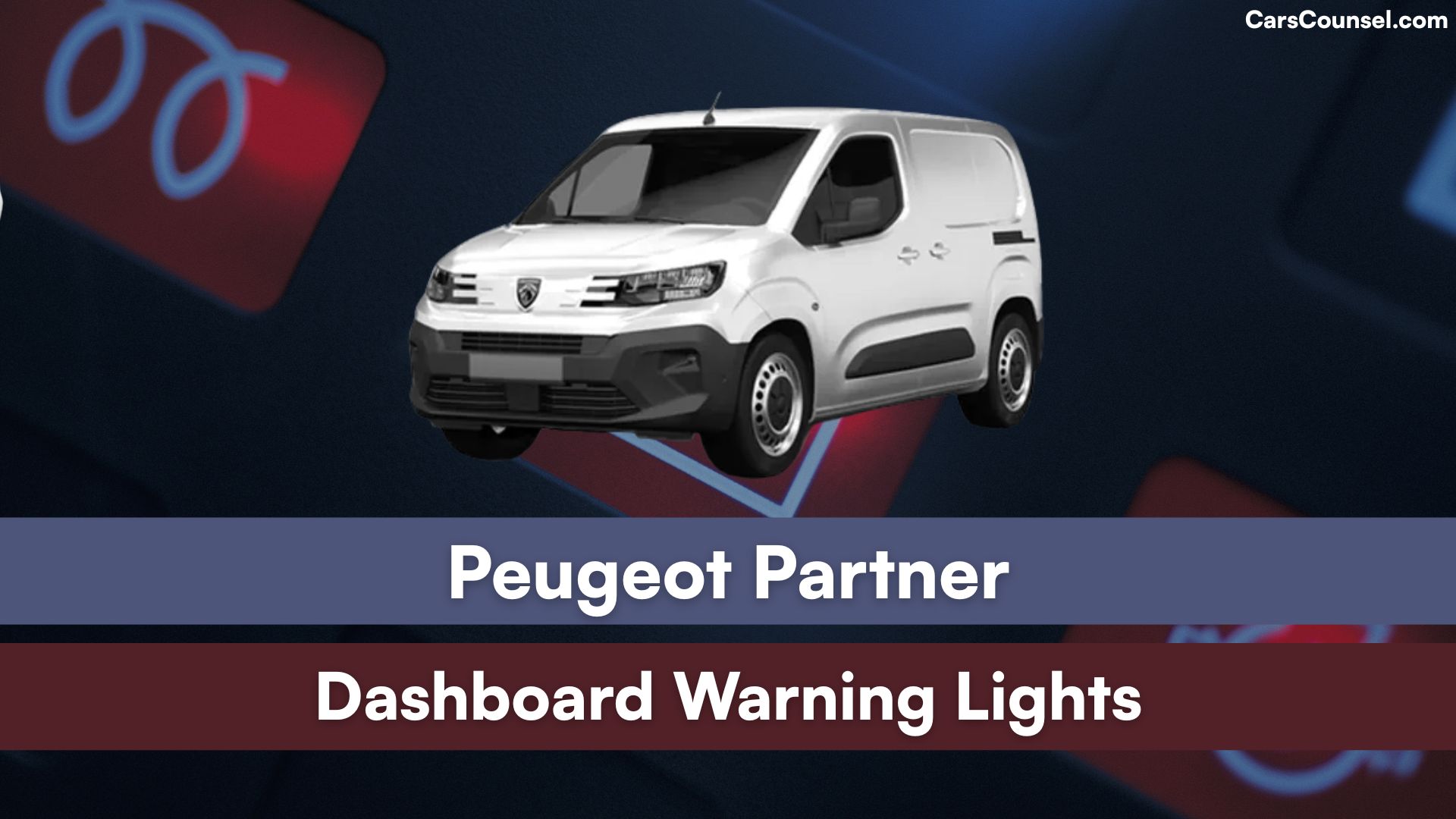
Quick Navigation
Red Warning Lights (Stop Immediately)
These indicate serious problems requiring you to pull over safely and stop driving right away to avoid damage or danger.
Engine Oil Pressure

This light signals low oil pressure, which could cause engine damage from lack of lubrication. Possible causes include low oil levels or a faulty pump. Stop the vehicle immediately, check the oil level, and add oil if needed; do not drive until fixed.
Brake System Alert
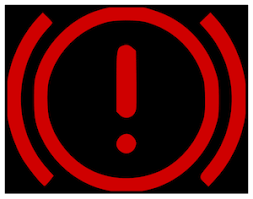
It warns of issues like low brake fluid or a failure in the braking system. This might stem from leaks or worn parts. Pull over safely, inspect fluid levels, and call for roadside assistance or a mechanic before continuing.
Battery Charge
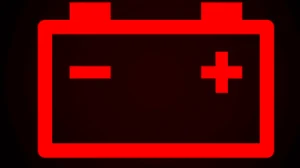
This appears when the battery isn’t charging properly, often due to a failing alternator or loose connections. It could lead to the vehicle stalling. Stop driving, turn off non-essential electrics, and have the system checked urgently.
Coolant Temperature
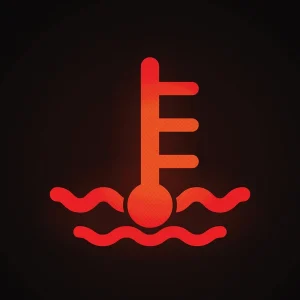
Indicates the engine is overheating, possibly from low coolant, a broken thermostat, or radiator problems. Overheating can warp engine parts. Stop immediately, let the engine cool, check coolant levels, and seek professional help.
Airbag System

This light means there’s a fault in the airbag setup, like a sensor issue or wiring problem, reducing protection in a crash. Stop and have it inspected by a technician to ensure safety features work.
Power Steering Failure
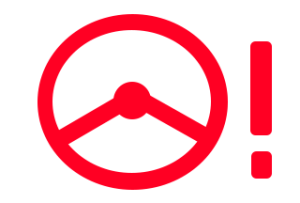
Signals a problem with the power steering, making the wheel hard to turn, often from fluid leaks or pump failure. This affects control. Pull over and avoid driving; get it serviced promptly.
Seatbelt Reminder
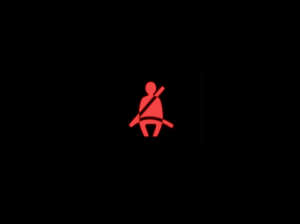
Flashes if the driver or passengers aren’t buckled up, increasing injury risk in accidents. It’s a safety prompt. Stop and ensure all seatbelts are fastened before proceeding.
Door Ajar
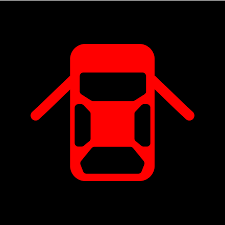
Shows when a door, hood, or trunk isn’t fully closed, which could be hazardous at speed. It might be due to a faulty latch. Stop, check and secure all doors, then resume driving.
ABS Fault
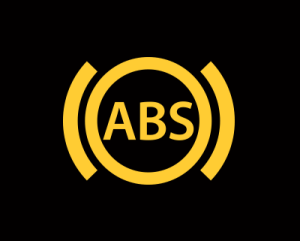
Indicates a malfunction in the anti-lock braking system, potentially causing wheels to lock during hard stops. Causes include sensor damage. Stop and have the brakes inspected to restore safe stopping.
Tyre Pressure Critical
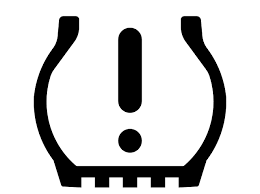
This warns of severely low tyre pressure, risking blowouts or loss of control. It could be from punctures or leaks. Pull over, inspect tyres, inflate if possible, or call for help.
Transmission Overheat
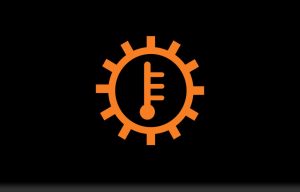
Signals the transmission is too hot, possibly from low fluid or heavy load. This can damage gears. Stop, allow cooling, check fluid levels, and avoid driving until resolved.
Brake Fluid Low

Appears when brake fluid is below safe levels, often from leaks, compromising braking power. Stop immediately, top up fluid if accessible, and consult a mechanic.
Engine Overheat
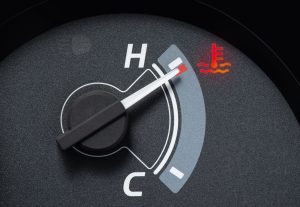
This light means the engine temperature is dangerously high, due to cooling system failures. It risks severe damage. Pull over, shut off the engine, and wait for it to cool before checking.
Hydraulic System Failure
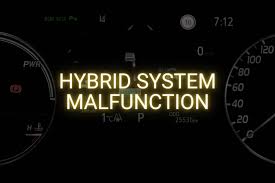
Warns of problems in hydraulic systems like brakes or clutch, leading to loss of function. Stop driving and get professional diagnostics.
Yellow/Amber Warning Lights (Action Required Soon)
These suggest issues that need attention soon but don’t require immediate stopping; address them to prevent escalation.
Check Engine
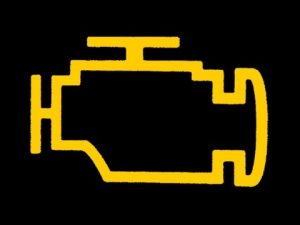
This illuminates for various engine faults, like emission issues or sensor failures. It might reduce performance. Schedule a service visit soon to diagnose and fix.
ESP Stability Control
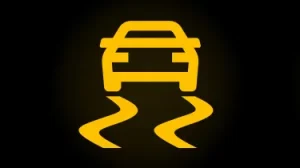
Shows the electronic stability program is off or faulty, reducing traction in slippery conditions. Turn it back on if possible, or visit a mechanic soon.
Glow Plug (Diesel)
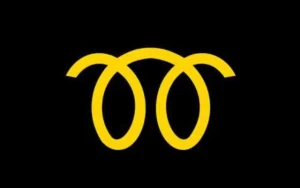
For diesel models, this means the glow plugs are heating up before starting, or there’s a fault. Wait for it to go off before starting; if it stays on, get it checked.
DPF Filter
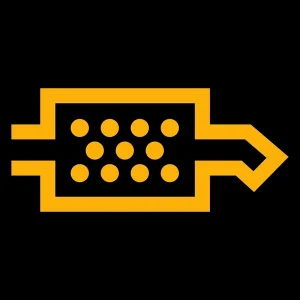
Warns that the diesel particulate filter is clogged, often from short trips not allowing regeneration. Drive at higher speeds to clear it, or seek service if it persists.
Battery Warning

Suggests a minor charging issue, like a weak battery. It may cause starting problems soon. Test and replace the battery if necessary.
Brake Pad Wear

Alerts that brake pads are thin and need replacement soon to avoid rotor damage. Inspect pads and replace them at a garage.
Fuel Filter Water

In diesels, this means water in the fuel filter, which could harm the engine. Drain the water or have it serviced promptly.
Transmission Fault

Indicates a minor transmission issue, like sensor errors, affecting shifting. Avoid heavy loads and get it diagnosed soon.
Coolant Level Low
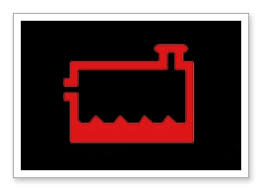
Warns of insufficient coolant, risking overheating if ignored. Top up coolant and check for leaks.
Service Reminder
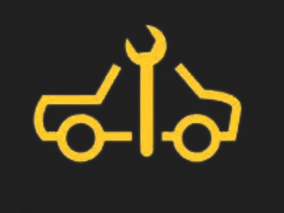
Reminds you that routine maintenance is due, based on mileage. Schedule a service to keep the vehicle in good condition.
Green Warning Lights (Information Only)
These provide status updates and don’t indicate problems; they’re for awareness.
Eco Mode
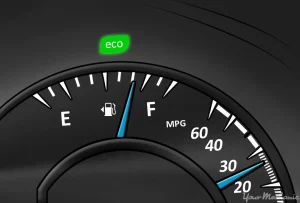
Shows eco mode is active, optimizing fuel use by adjusting throttle and gears. It’s a fuel-saving feature; no action needed unless you want to deactivate it.
Cruise Control
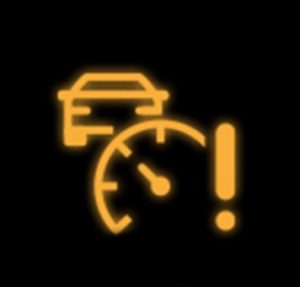
Indicates cruise control is on, maintaining a set speed. It’s for convenience on long drives; adjust as needed.
Headlight Beam

Confirms high beams are activated for better night visibility. Switch to low beams when oncoming traffic appears.
Turn Signals
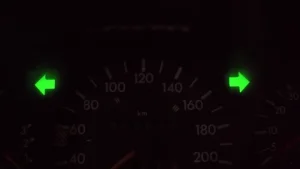
Flashes when indicators are in use, signaling turns or hazards. Ensure they turn off after use.
Fog Lights
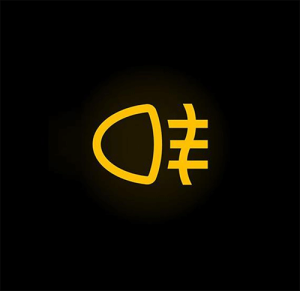
Shows front or rear fog lights are on for poor visibility. Turn off when conditions improve to avoid blinding others.
Parking Lights

Indicates side or parking lights are active, for low-light parking. No action required.
Auto Start-Stop
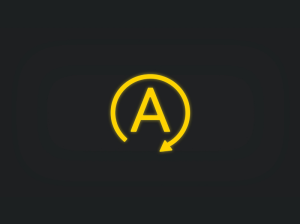
Signals the engine auto-stop feature is engaged, saving fuel at stops. It restarts automatically.
Lane Assist
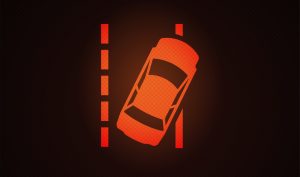
Informs that lane-keeping assistance is active, helping stay in lane. It’s a driver aid; monitor road conditions.
Hill Descent Control

Shows this feature is on for controlled downhill driving. Use in off-road or steep scenarios.
4×4 Mode
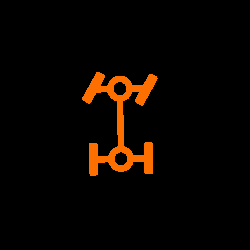
Indicates all-wheel drive is engaged for better traction. Switch based on terrain.
External Temperature
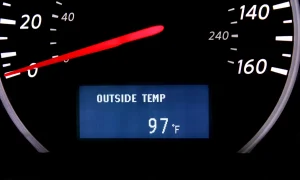
Provides outside temperature reading, useful for weather awareness.
Odometer/Trip
Displays mileage or trip data, for tracking purposes. Reset as desired.
When looking at Peugeot, make sure to check out our guides on models like the Peugeot 208, Peugeot Boxer, Peugeot 2008, and Peugeot 108. Understanding dashboard warning lights is essential. Our expert reviews break down what each light means, highlighting common alerts for these models and what they could signal about underlying issues, so you’re never left guessing behind the wheel.

